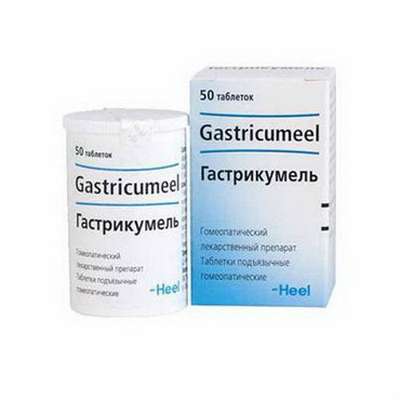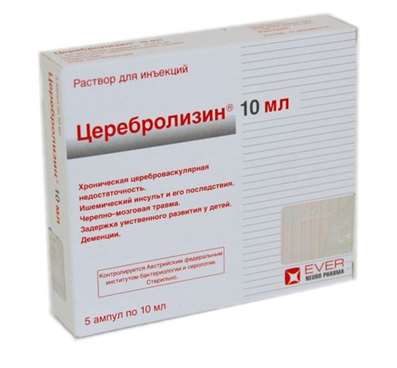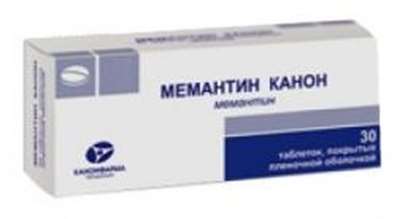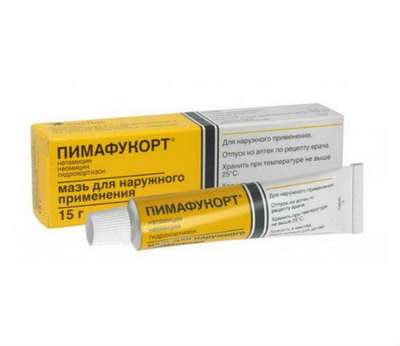Instruction for use: Glatiramer acetate
I want this, give me price
Trade name of the drug – Axoglatiran® FS, Glatiramer acetate, Glatirate, Copaxone® 40, Copaxone®-Teva, Timekson
The Latin name of the substance Glatiramer acetate
Glatirameri acetas (genus. Glatirameri acetatis)
Chemical name
The synthetic copolymer of L-alanine, L-lysine, L-glutamic acid and L-tyrosine in a molar ratio of 6: 1.9: 4.7: 1 (as acetate)
Pharmacological groups:
Other immunomodulators
The nosological classification (ICD-10)
G35 Multiple Sclerosis: Disseminated Sclerosis; Multiple sclerosis; Recurrent multiple sclerosis; Secondary-progressive multiple sclerosis; Exacerbation of multiple sclerosis; Mixed forms of multiple sclerosis
CAS code
147245-92-9
Characteristics of the substance Glatiramer acetate
Acetic acid salt of synthetic polypeptides formed by four natural amino acids (L-glutamic acid, L-alanine, L-tyrosine and L-lysine); On the chemical structure has elements of similarity with the basic protein of myelin.
Pharmacology
Pharmacological action - immunomodulating.
Competing with the main protein myelin, as well as myelin oligodendrocyte glycoprotein and proteolipid protein for binding to molecules of the main histocompatibility complex class II on the surface of cells carrying antigens. Stimulates the formation of antigen-specific T-lymphocytes. It blocks myelin-specific autoimmune reactions that cause destruction of the myelin sheath of nerve fibers (demyelination) in multiple sclerosis.
In the treatment of patients with multiple sclerosis, the remitting flow reduces the frequency of exacerbations and slows the growth of irreversible neurological disorders.
Mutagenic action was not detected. In experiments on rats with n / k administration of doses 18 times greater than MPDH, it did not adversely affect reproductive function. When n / to the introduction of pregnant rats and rabbits during the period of organogenesis of doses up to 37.5 mg / kg, there was no adverse effect on the development of the embryo / fetus. In pre- and postnatal studies, when rats were injected with doses 18 times greater than the MPD, from the 15th day of pregnancy and during lactation, there was no significant effect on the process of birth, growth and development of the fetus.
It is not known whether glatiramer acetate penetrates breast milk.
Pharmacokinetic studies in humans have not been conducted. Experimental studies in animals suggest that a significant amount of injected glomeramer acetate is hydrolyzed locally, a certain amount enters the lymphatic system, a small part enters the systemic blood stream unchanged.
Application of Glatiramer acetate
Multiple sclerosis of the remitting flow.
Contraindications
Hypersensitivity, incl. To mannitol.
Restrictions
Pregnancy, breast-feeding, children's age (safety and efficacy of use under the age of 18 years are not defined).
Application in pregnancy and breastfeeding
Perhaps, if the expected effect of therapy exceeds the potential risk to the fetus and the child (adequate and well-controlled studies of safety of use in pregnant and lactating women have not been conducted).
The action category for fetus by FDA is B.
Side effects of Glatiramer acetate
From the cardiovascular system and blood (hematopoiesis, hemostasis): heaviness and pain in the chest, palpitations, tachycardia, arrhythmia, vasodilation, increased blood pressure.
On the part of the digestive system: decreased appetite, nausea, vomiting, diarrhea, difficulty swallowing.
From the nervous system and sensory organs: asthenia, migraine, anxiety, loss of consciousness, tremor, vertigo, nystagmus, impaired vision.
On the part of the respiratory system: shortness of breath, difficulty breathing, SARS, flu-like syndrome, laryngospasm, bronchitis, hyperventilation.
From the genitourinary system: peripheral edema, dysmenorrhea, hematuria, decreased potency.
Allergic reactions: skin rashes, hives, anaphylactic reactions.
Other: arthralgia, back pain, increased sweating, lymphadenopathy; Local reactions (soreness at the injection site, redness, swelling, itching, rarely - skin atrophy, abscess at the injection site).
Interaction
Compatible with glucocorticoids.
Routes of administration
PC.

 Cart
Cart





